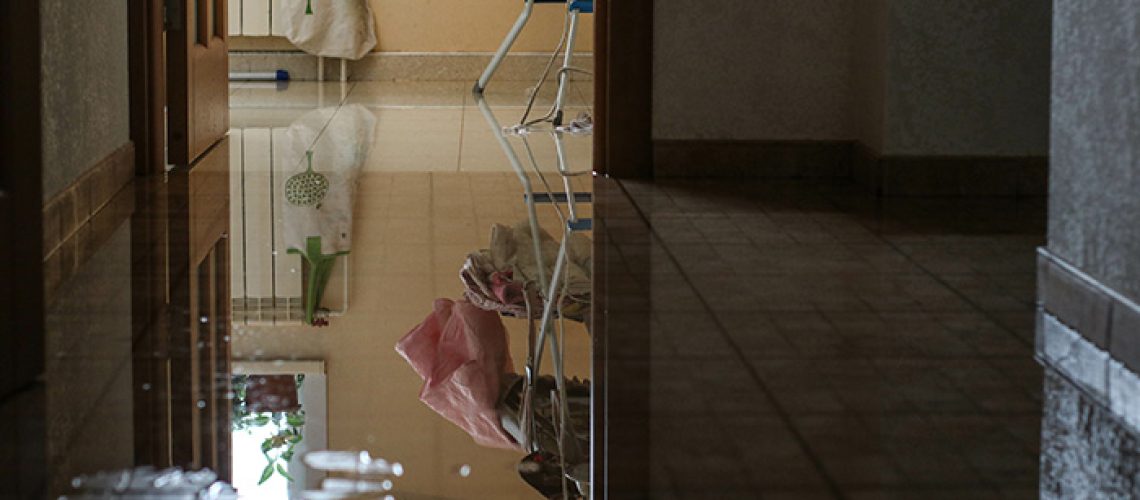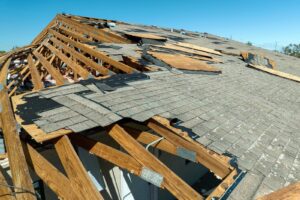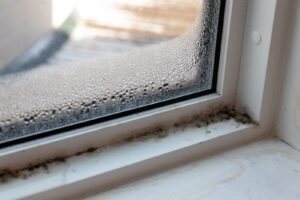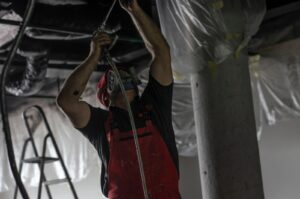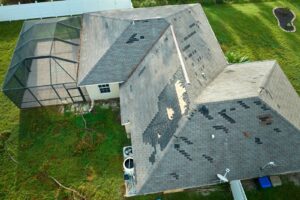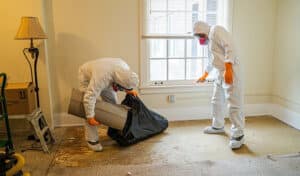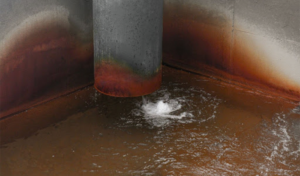Water damage can strike any time, making it essential to have coverage that will pay for the worst of it. But where does water damage insurance fall? Does homeowner’s insurance cover it, or is there a separate insurance you need to purchase?
Today’s blog is all about the different types of insurance that can cover water damage. Because while homeowner’s insurance will cover some types of water damage, it won’t cover everything.
To help you keep your home protected, we’re covering the other options to ensure you can restore your home if water damage strikes. By working together, we can assure you’re well taken care of!
What Is Water Damage?
Before we dive into all the specifics of water damage insurance, let’s review what water damage is.
Water damage occurs when your property is damaged or destroyed because it was exposed to water. Flooding, burst pipes, leaky roofs, and plumbing issues can all cause water damage.
Other less apparent sources can also cause water damage. Examples include condensation or humidity, which seem mild but can cause mold growth and other damage.
Water damage can be a serious problem if left untreated, as it can weaken a property’s structure, damage the contents of a home or business, and create an environment conducive to mold growth and other hazardous conditions.
In addition to physical damage, water damage can lead to costly repairs and decreased property values. It is important to address any water damage as soon as possible to prevent further damage and ensure the restoration process is as quick and effective as possible.
Now that we’ve defined water damage, let’s examine its coverage. The first place you would look for coverage is your homeowner’s insurance, so let’s start there.
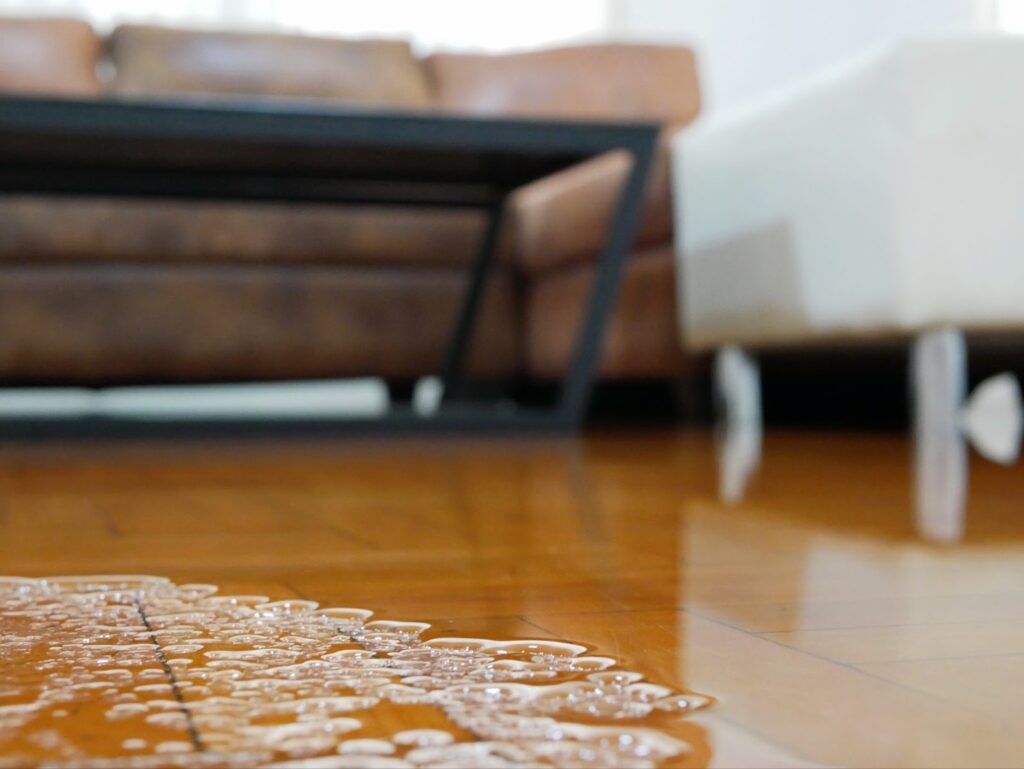
Standard Homeowner’s Insurance for Water Damage
Homeowner’s insurance includes dwelling, personal, and liability coverage.
1. Dwelling Coverage
Dwelling coverage, also known as “coverage A,” is included in most standard homeowner’s insurance policies. It’s designed to help cover the costs of repairing or rebuilding the physical structure of your home if a covered peril damages it. An example is water damage caused by a burst pipe or sudden leak.
Dwelling coverage typically includes the following types of damage:
- Water damage from a burst pipe or appliance overflow.
- Leaks from plumbing, roofs, and windows.
- Damage caused by natural disasters like storms and wildfires.
It’s important to note that dwelling coverage typically only covers sudden or unexpected damage. Gradual damage, like damage caused by a slow leak, is usually not covered. Additionally, certain types of water damage, like flooding, may require separate or additional insurance coverage.
2. Personal Property Coverage
Personal property coverage is another section of a standard homeowner’s insurance policy that can help cover the cost of repairing or replacing your personal belongings that have been damaged by water. This coverage applies to furniture, clothing, electronics, and other personal items damaged during a covered event.
For example, personal property coverage may help pay for repairs or replacement if a pipe bursts and soaks your furniture.
Keep in mind that personal property coverage usually has limits. That means there’s a set maximum amount that the insurance company will pay out for your damaged items.
Some high-value items may require additional or separate coverage to ensure they’re fully insured.
3. Liability Coverage
Liability coverage is designed to protect homeowners if someone else is injured or their property is damaged while on your property. If someone slips and falls on a wet floor due to leaking from a pipe or roof, your liability coverage can help pay for medical expenses, legal fees, and other damages.
Liability coverage may also protect if you accidentally cause water damage to another person’s property — such as flooding a neighbor’s apartment with water or damaging a shared wall.
It’s important to note that liability coverage usually has limits. If the damages or legal fees exceed the coverage limit, you may be responsible for paying the additional costs.
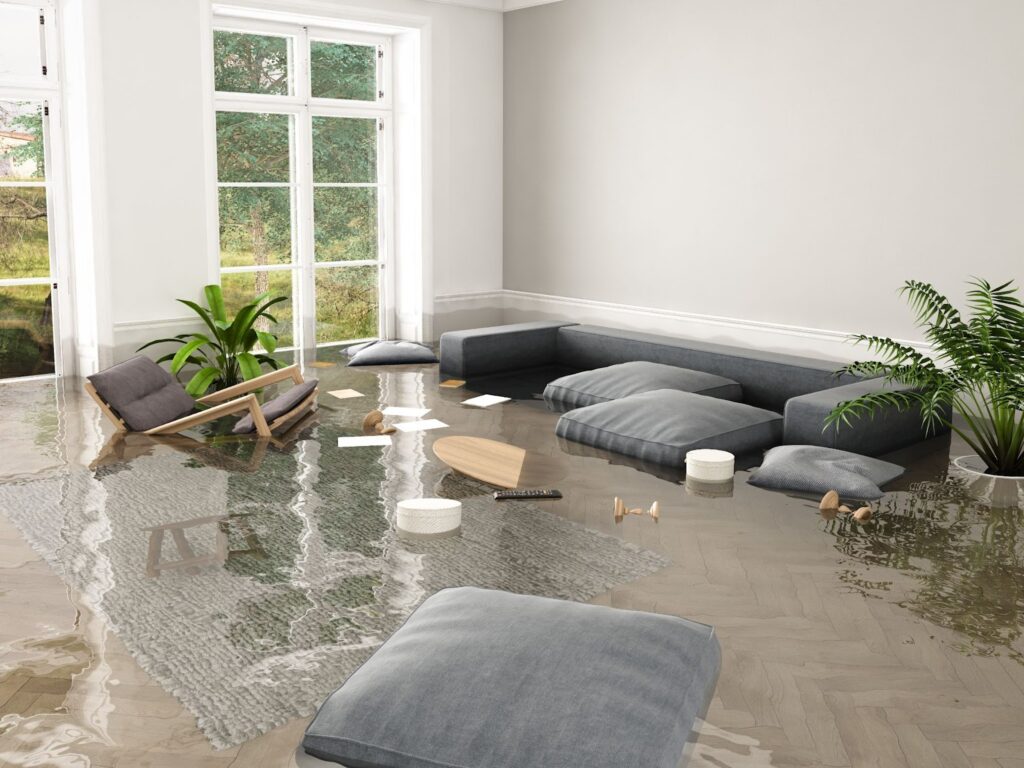
Coverage Limitations and Exclusions
1. Common Limitations on Water Damage Coverage
When it comes to water damage coverage, there are some common limitations that you should be aware of. These limitations may vary depending on your specific insurance policy, but some examples include:
- Negligence: The insurance company may deny your claim if the water damage results from not maintaining your property. For example, if you neglected to fix a leaky pipe and it eventually causes water damage, your claim may be denied.
- Wear and Tear: Most homeowners’ insurance policies do not cover water damage caused by normal wear and tear. This means that if your plumbing system ages and starts leaking, resulting in water damage, it may not be covered by your policy.
- Gradual Damage: Gradual damage, such as slow leaks or seepage over time, is typically not covered by homeowner’s insurance. Insurance policies are generally designed to cover sudden and accidental damage, not damage that occurs over an extended period.
- Maintenance-related Damage: Homeowner’s insurance usually does not cover water damage resulting from lack of maintenance or structural issues. For example, if your roof has been neglected and develops a leak, the resulting water damage may not be covered.
2. Exclusions for Certain Types of Water Damage
In addition to the limitations, certain types of water damage are commonly excluded from standard homeowner’s insurance policies. These exclusions can include:
- Flood Damage: Most standard homeowner’s insurance policies do not cover damage caused by floods. If your property is in a flood-prone area, you may need to purchase separate flood insurance, which we’ll discuss more in the next section.
- Sewer Backup: Damage caused by sewer backups is often excluded from standard policies. However, you can often add specific coverage for sewer or drain backups as an optional endorsement to your policy.
- Groundwater Seepage: Water damage caused by groundwater seepage or rising water tables might be excluded from coverage. This is because it is considered a natural occurrence rather than a sudden or accidental event.
Additional Coverage Options for Water Damage
Now that you know what homeowner’s insurance covers, you might want additional water damage insurance to protect your home further. Your options include flood insurance, water backup coverage, and sewer and drain coverage.
1. Flood Insurance
Flood insurance is a separate insurance policy explicitly designed to cover damage caused by flooding. Most standard homeowner’s insurance policies do not cover flood damage, so purchasing flood insurance is essential if you live in a flood-prone area.
Flood insurance is issued through the federal government’s National Flood Insurance Program (NFIP), and coverage is subject to policy limits and exclusions.
It’s important to note that there is usually a waiting period from when you purchase flood insurance to when coverage goes into effect, so it’s not a good idea to wait until a flood is imminent to purchase coverage.
2. Water Backup Coverage
Water backup coverage is an optional endorsement that can be added to your standard homeowner’s insurance policy to cover damage caused by water backing up into your home through a drain or sewer line. This type of coverage is vital because standard homeowner’s insurance policies often do not cover these events.
Water backup coverage is subject to policy limits and exclusions, and costs can vary depending on your coverage level. Keep in mind that there may be a deductible associated with water backup coverage, so be sure to review your policy documents carefully.
3. Sewer and Drain Coverage
Sewer and drain coverage is similar to water backup coverage, but it covers damage caused by damage to your home’s sewer or drain lines instead of an external backup. This type of coverage is also typically available as an optional endorsement to your homeowner’s insurance policy.
Sewer and drain coverage can be particularly important if you live in an older home with aging plumbing systems, as older pipes may be more susceptible to leaks and damage. As with water backup coverage, reviewing your policy documents and understanding the coverage limits and exclusions associated with this endorsement is important.
It’s important to note that while flood insurance, water backup coverage, and sewer and drain coverage can help provide additional protection against water damage, they are all separate from your standard homeowner’s insurance policy.
Consider working with your insurance provider to determine which additional coverage options may be appropriate for your specific needs.
Does Your Home Have Water Damage? Contact Restoremasters Today.
Water damage can strike any time, whether you have water damage insurance or not. Just like you need water damage coverage, you also need water damage restoration. If you’re looking for expert help with water damage, look no further than Restoremasters.
Whether your home has suffered from a burst pipe, a flood, or any other type of water damage, our experienced team is ready to assist you.
We specialize in all kinds of water damage restoration and are committed to restoring your home quickly and efficiently. Don’t wait; contact Restoremasters online today or call us at 801-948-2478 and let us bring your home back to its pre-damaged condition!

